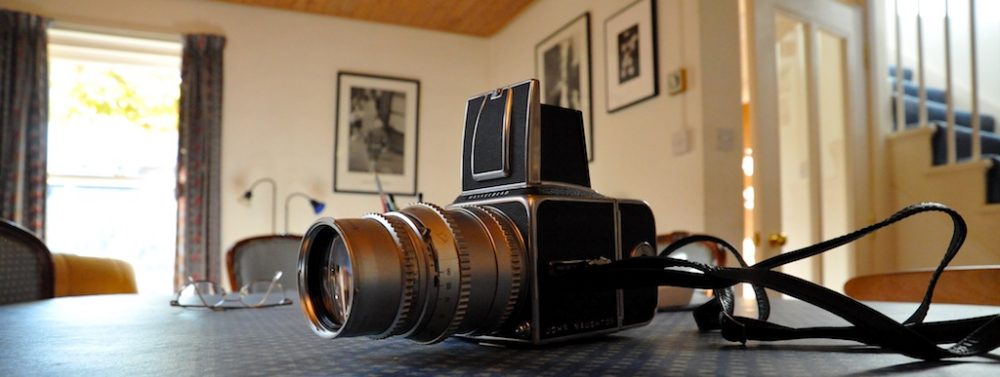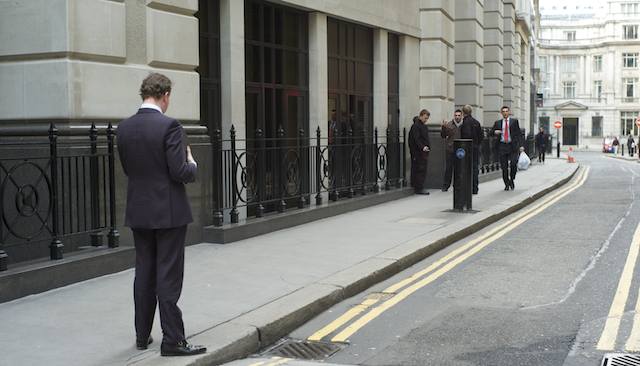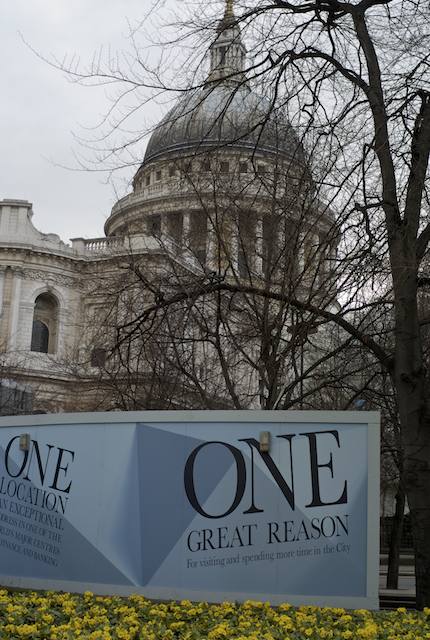Poor little Harvard. According to a NYT report its endowment (which pays for a third of its operating costs)
is on the verge of posting its biggest loss in 40 years. With much of its money tied up for the long term, it is scrambling to meet some obligations.
Harvard has frozen salaries for faculty and nonunion staff members, and offered early retirement to 1,600 employees. The divinity school has warned it may not be able to cover tuition for all its students with need, the school of arts and sciences is cutting its billion-dollar budget roughly 10 percent, and the university president said this week than the unprecedented drop in the endowment was causing it to delay its planned expansion, starting with a $1 billion science center, into the Allston neighborhood of Boston.
The school has even added to its debt by issuing $1.5 billion in new bonds, its largest such offering ever.
It seems that the endowment, the largest of any university in the world, has shrunk by at least $8 billion, to $29 billion, since July. Couldn’t happen to a nicer university.
Interesting footnote. The article says that part of Harvard’s current problem is that it became highly ‘leveraged’ on the advice of Larry Summers, its former president.
The endowment was squeezed partly because it had invested more than its assets, a leveraging strategy that can magnify results, both good and bad. It also had invested heavily in private equity and related deals, which not only lock up existing cash but require investors to put up more capital over time.
What’s interesting about that? Er, Larry Summers is now one of Obama’s leading economic advisers!





